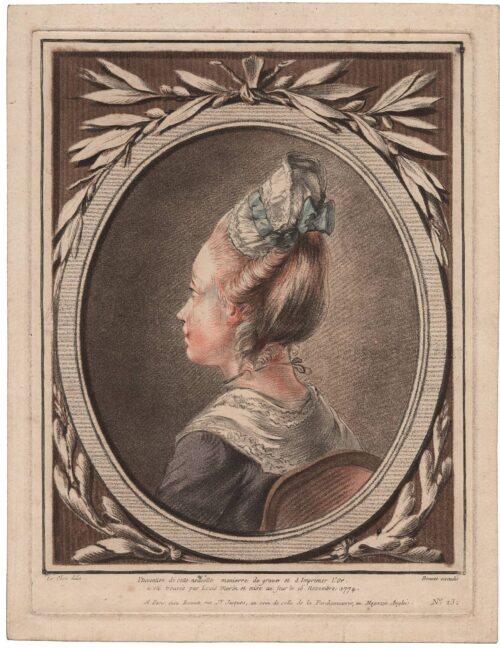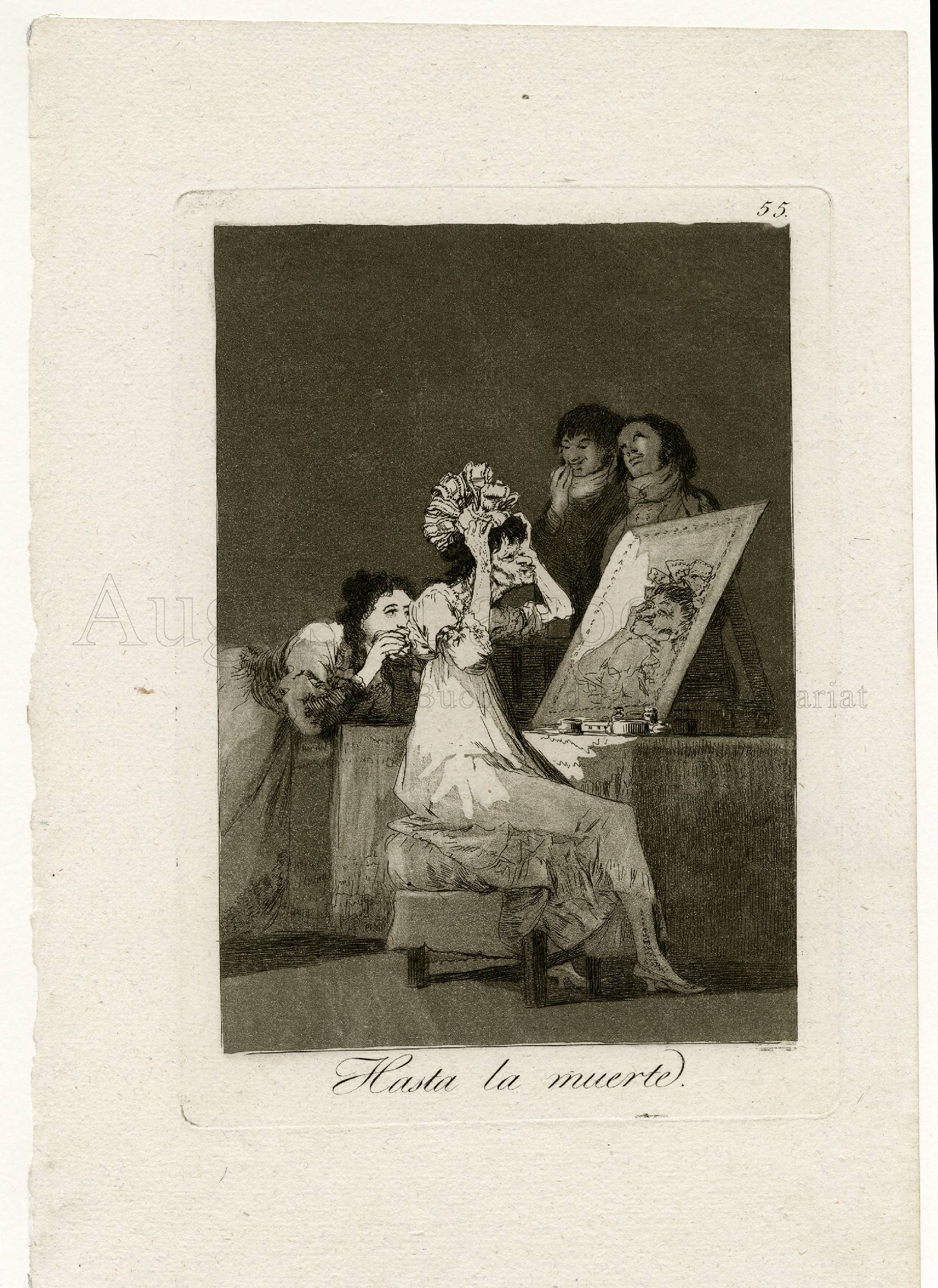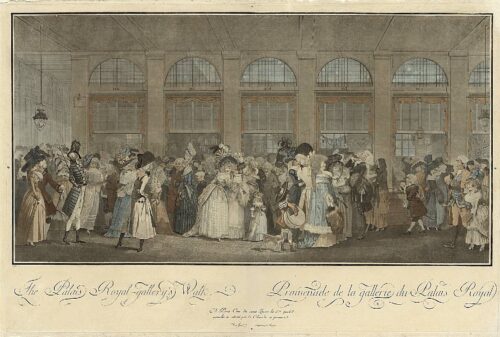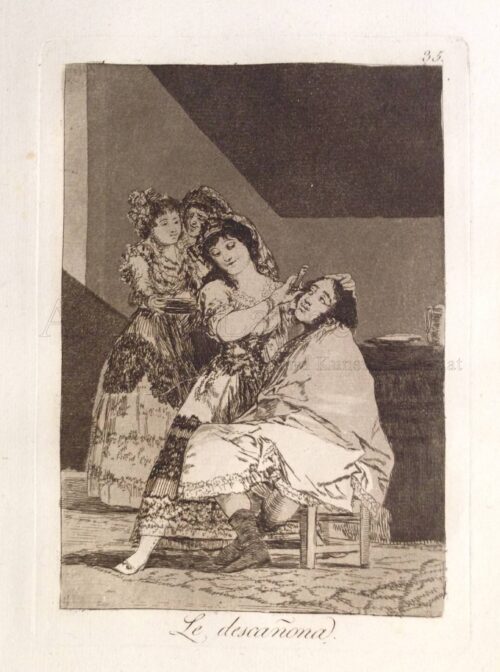Beschreibung
LUCAS CRANACH D. AE
(Kronach 1472 – 1553 Weimar)
Sächsischer Prinz zu Pferd.
Monogr. und dat.: «LC» und «1506». Holzschnitt. 18:12,5 cm.
Hollst. 110 II. B. 116. Messling, Die Welt des Lucas Cranach, Brüssel 2010, Nr. 47. Koepplin / Falk Lucas Cranach, Basel 1974, Nr. 20.
Die ältesten graphischen Werke Lucas Cranachs stammen aus derselben Zeit wie seine frühesten nachweisbaren Gemälde. Sie entstanden während seines Aufenthalts in Wien um 1501/03. Im Jahr 1505 kam er an den sächsischen Hof und arbeitete für die sächsischen Herzöge nicht nur als Maler, sondern auch als Graphiker. In den ersten fünf Jahren seiner Hofmalerzeit entstanden die meisten der grossen Holzschnittarbeiten wie die Turniere, das Wittenberg Heiltumsbuch, die Hirschjagd, die Passion und die Clairobscur-Schnitte. Cranachs Graphiken sind auch in den grossen Museumssammlungen weitaus seltener anzutreffen als Dürers Graphiken. Dieser Holzschnitt gehört zu den beliebtesten von Cranach, gerade auf Grund der Landschaft im Hintergrund. Denn oft lassen sich die von Lucas Cranach dargestellten Bauten nicht identifizieren, doch hier scheint die Burg im Hintergrund eindeutig die Veste Coburg zu sein. Daraus lässt sich schliessen, dass die Reiterfigur einen Sächsischen Prinzen darstellt. Einzig die genaue Identifizierung ist nicht geklärt. Vorherrschende Meinung ist, dass es den späteren Kurfürsten Johann Friedrich zeigt, er wäre hier 3 Jahre alt gewesen. Vom ersten Zustand ist nur 1 Exemplar in Budapest bekannt. Untere Linie mit Tinte verstärkt. Überarbeitung im Hinterbein des Pferdes, sonst ausgezeichnetes Exemplar. [H10].
The prince on the horse.
Monogr. and dat.: “LC” and “1506”. Woodcut. 18:12,5 cm.
Hollst. 110 II. B. 116. Messling, Die Welt des Lucas Cranach, Brüssel 2010, No. 47. Koepplin / Falk Lucas Cranach, Basel 1974, No. 20..
The oldest graphic works by Lucas Cranach are from the same time as his earliest known paintings. In 1505, he joined the Saxon Court and worked for the Saxon Dukes, not only as a painter, but also as a printmaker. Cranach’s prints in major museum collections are far less common than prints by Dürer.This woodcut is one of Cranach’s most popular, because of its scenery in the background. Often, it’s not possible to identify the buildings illustrated by Cranach, but here, the castle in the background is clearly recognizable as the Fortress of Coburg. Therefore, it can be concluded that the equestrian figure represents a Saxon prince. Althoughan exact identification is not possible, prevailing opinion is that it shows the future Prince Johann Friedrich. There’s only one copy from the first state known in Budapest. The Bottom line with ink intensified and the hind leg of the horse overworked. Otherwise very good early impression. The only know copy from the first state is in Budapest. [H10].
Preis auf Anfrage / Price on request






